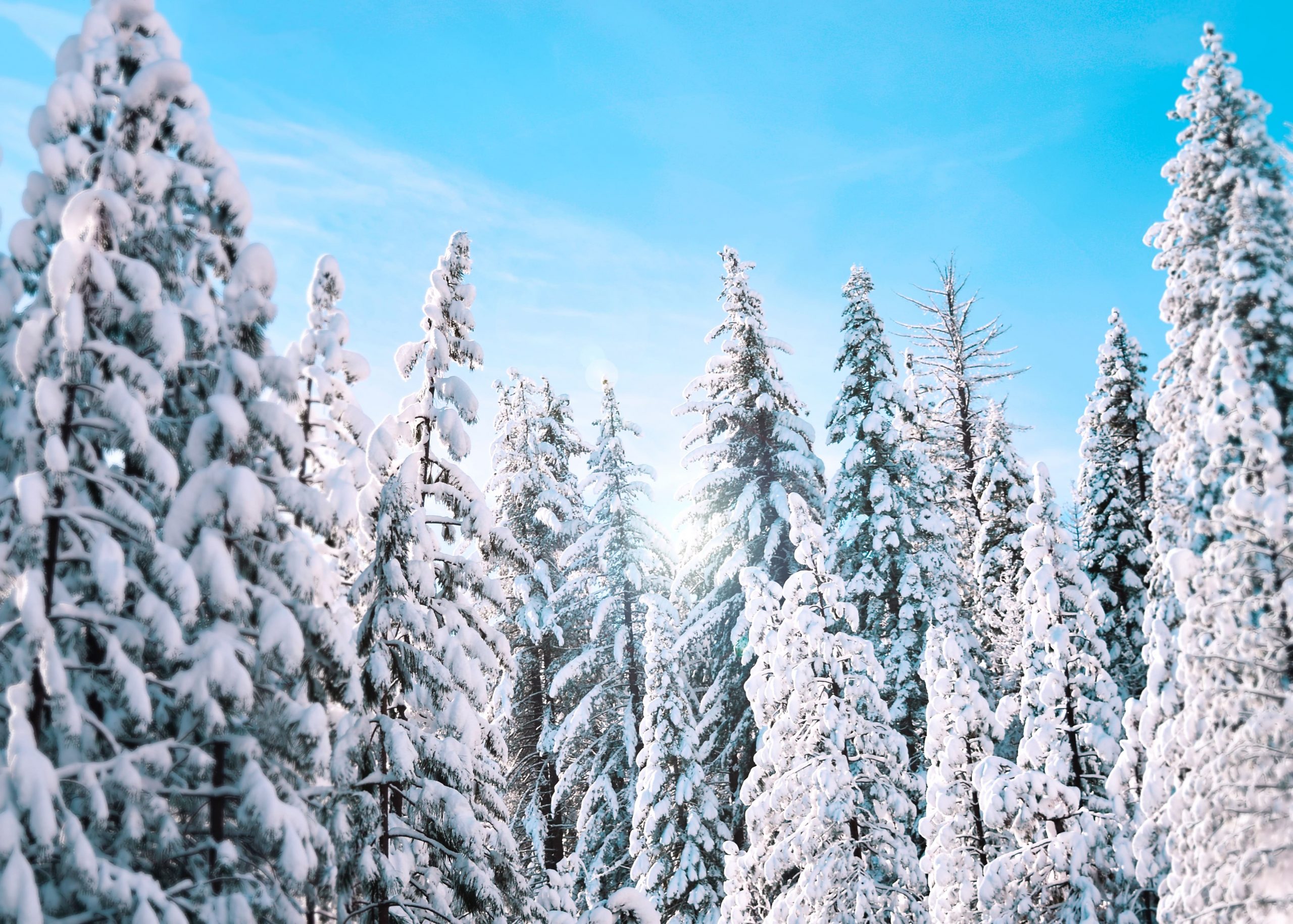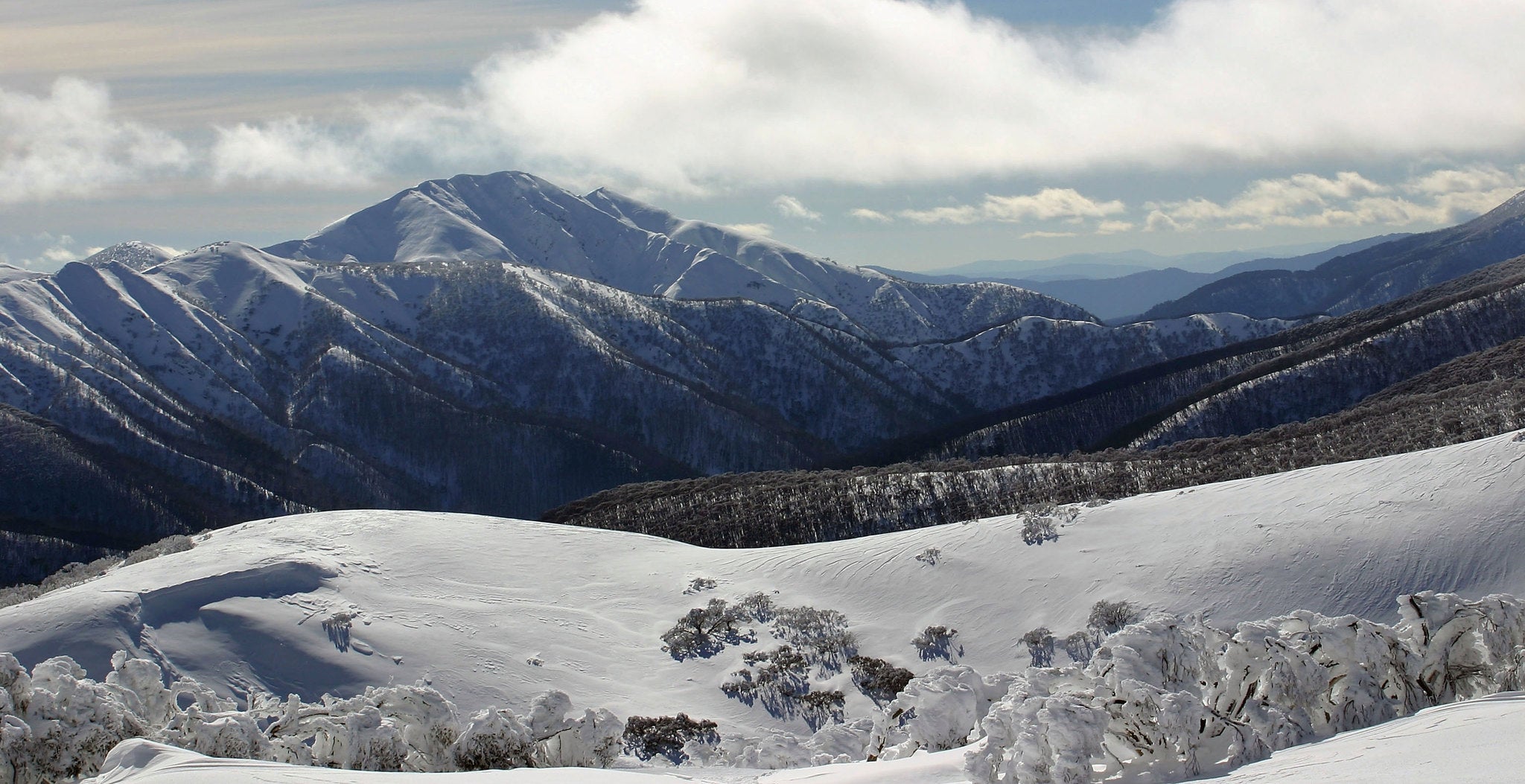Explore the Fascination Behind Snow In Australia and Its Mountainous Areas
Explore the Fascination Behind Snow In Australia and Its Mountainous Areas
Blog Article
Discover the Fascinating Impacts of Snow in Australia on Regional Communities
Regardless of its track record for sun-soaked landscapes, Australia likewise boasts regions blanketed by snow-- a phenomenon that greatly influences the country's one-of-a-kind ecological communities. The shielding homes of snows safeguard flora and fauna in the middle of the chilliest wintertimes, while the melting snow nurtures rivers and marine life.
The Unexpected Areas of Snowfall in Australia
Although Australia is often connected with sun-scorched landscapes and sandy coastlines, certain regions remarkably experience snowfall. The high country regions of New South Wales, Victoria, and Tasmania are particularly understood for their wintertime snow. The Snowy Hills in NSW, for example, get plentiful seasonal snow, providing a plain contrast to the nation's typical warm, dry climate. Meanwhile, the Victorian Alps and parts of Tasmania likewise see annual snowfalls, transforming the landscape into a winter heaven. These locations are not simply abnormalities yet integral components of Australia's varied climate system. The visibility of snow in these regions considerably influences local environments, subsequently influencing the country's unique biodiversity. The certain effect on Australia's distinctive vegetation will be discussed in the following section.

Just How Snow Impacts Australia's Unique Flora
While it might appear unusual, snowfall in Australia plays a vital role fit the country's special flora. The snow-filled winter seasons foster resilience in Australian plant varieties. This is especially obvious in the sub-alpine and towering areas, where snow gum tissues and hill plum-pines flourish. These plants have developed to survive in extreme problems, with snow serving as a safety blanket from severe winds and freezing temperatures. The snow also adds to the moisture content of the soil, giving necessary hydration for plant life during the dry summertime. Fundamentally, the snow influences the timing of flowering and seed dispersal, the development prices, and the survival of numerous plant types, showcasing the intricate interplay between environment and plants in Australia.

The Adjustments of Australian Animal to Snowfall
Just as Australia's flora has actually adjusted to the wintery problems, the local fauna too, show exceptional adaptations to the snowfall. It utilizes the snow as insulation, hibernating in rock gaps under the snow to stay warm. The Snow Skink, a Full Report varieties of reptile, alters its colour to white throughout winter season, supplying camouflage versus predators.
The Duty of Snow fit Neighborhood Ecological Communities
Fit the local communities, the function of snow in Australia is both multilayered and extensive. It affects the distribution of vegetation and fauna, mainly specifying the biodiversity of sub-alpine and alpine regions. Snow gives a crucial water source, feeding rivers and tanks as it thaws, thus supporting a range of marine life kinds. In addition, snow works as an insulator, shielding ground-dwelling microorganisms from extreme cold. It plays a significant function in soil development and nutrient cycling. The regular freezing and thawing of soil generated by snowfall promotes the breakdown of rocks, enhancing dirt fertility. Subsequently, the existence of snow forms the plant life patterns, pet behavior, and total sustainability of Australia's special ecological communities. Does Australia Get Snow.

The Future of Snowfall in Australia: Effects and predictions

Given the essential role snow plays fit regional communities, the future of snowfall in Australia is drawing raising focus from ecologists and scientists. Existing climate models predict a considerable decline in snowfall as a result of global warming, with possibly profound effect on regional ecosystems. Much less snow can result in decreased water schedule in towering areas, detrimentally affecting wildlife environments and plant life. Additionally, it might change the timing of seasonal modifications, disrupting the life cycles of several indigenous types. The tourist industry, heavily dependent on the wintertime snow season, may also deal with significant challenges. get redirected here Comprehending these predictions and their implications is essential to establish efficient preservation methods, ensuring the preservation of Australia's unique biodiversity and the sustainability of its economic situation.
Final Thought
The role of snow in Australia's ecosystems is pivotal yet commonly neglected. Hence, the snow in Australia is a lot more than a natural spectacle; it's an essential gamer in the country's ecological story.
Despite its online reputation for sun-soaked landscapes, Australia also flaunts areas blanketed by snow-- a sensation that exceptionally affects the country's learn this here now distinct communities. It utilizes the snow as insulation, hibernating in rock gaps beneath the snow to stay cozy - Does Australia Get Snow.In forming the local environments, the role of snow in Australia is both multilayered and profound. The existence of snow shapes the vegetation patterns, pet habits, and overall sustainability of Australia's one-of-a-kind ecosystems
Offered the essential role snow plays in shaping local communities, the future of snowfall in Australia is attracting boosting interest from environmentalists and scientists.
Report this page